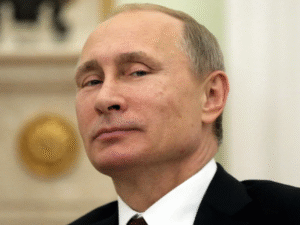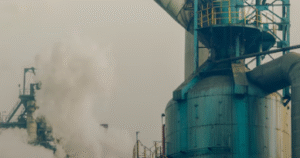$NG $BP $SHEL
#NaturalGas #EnergyCrisis #Europe #LNG #CommodityMarkets #GasPrices #IndustrialDemand #Oil #Ukraine #Russia #Renewables #Winter
European natural gas futures fell back below €56 per megawatt-hour (MWh) on Monday, though they remain close to the two-year high of €58.039 per MWh reached on February 10. The settlement price from that day translates to $17.53 per million British thermal units (mmBtu) and $105.19 on a barrel of oil equivalent (boe) basis. The recent surge in prices has been fueled by a combination of tightening inventories, colder-than-expected weather, and diminished wind power generation due to low wind speeds. Additionally, the European market is feeling the impact of a reduction in Russian natural gas flow, as shipments via Ukraine have been discontinued. These factors have resulted in heightened volatility in natural gas markets, elevating concerns about affordability and energy security across the region.
Europe’s gas storage levels, which had previously been relatively stable through early winter, have begun to rapidly deplete as demand surges. Industrial consumers, particularly in energy-intensive sectors such as chemicals, steel, and manufacturing, are beginning to feel the strain of higher energy costs. Many large-scale manufacturers are scaling back production or shifting operations to regions with more favorable energy prices. While European policymakers have focused on diversifying energy sources, including increasing LNG imports and bolstering renewable energy output, the structural issues within Europe’s natural gas supply chain continue to create vulnerabilities that expose the region to price shocks in times of supply disruption or seasonal fluctuations in demand.
The prolonged high energy costs are placing pressure on corporate earnings in multiple sectors, forcing companies to either absorb higher utility expenses or pass them onto consumers, which may contribute to inflationary pressures. Major energy companies such as BP ($BP) and Shell ($SHEL) have reported strong earnings due to elevated commodity prices, while utilities and industrial firms that heavily rely on natural gas for production are facing eroding margins. With European governments attempting to manage the crisis through subsidies and price caps, the economic risk is growing, particularly if energy prices stay high throughout the year. The European Central Bank (ECB) is monitoring inflationary risks closely, and policymakers may need to adjust their approach if elevated energy costs start to weigh further on consumer spending and industrial output.
Looking ahead, the energy market remains vulnerable to further price swings, with geopolitical tensions and weather patterns playing a crucial role in determining supply and demand dynamics. The loss of Russian gas imports, once a key pillar of Europe’s energy strategy, has made the region more dependent on liquefied natural gas (LNG) shipments and domestic storage capacities. Should another cold spell hit or further disruptions occur in energy logistics, natural gas prices could see renewed spikes. At the same time, Europe’s push for renewable energy as a long-term solution may take years to meaningfully reduce dependence on fossil fuels. Until then, energy markets are likely to remain highly volatile, with industrial users continuing to adjust operations in response to fluctuating prices.







Comments are closed.